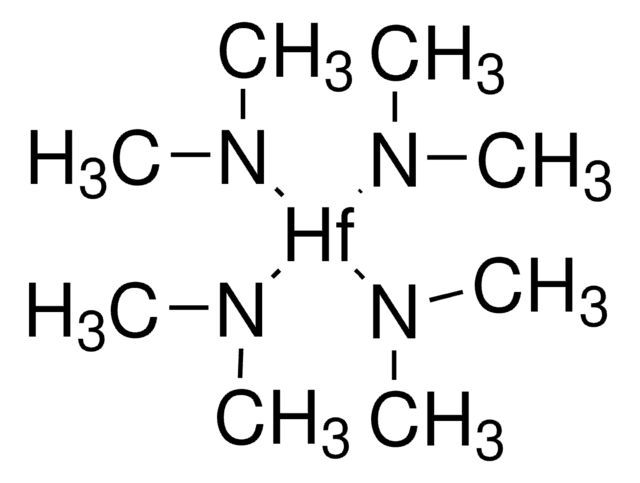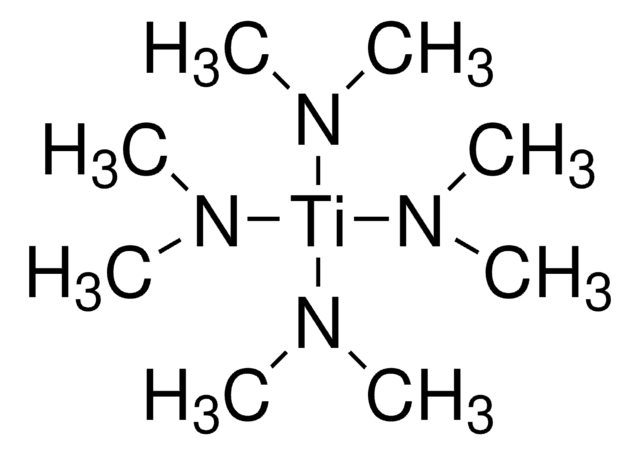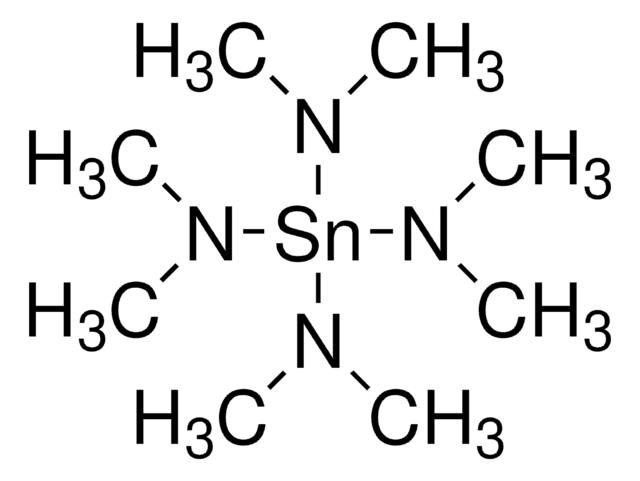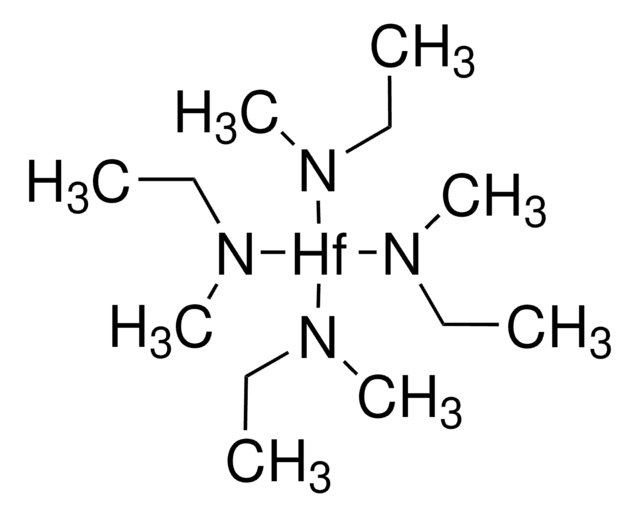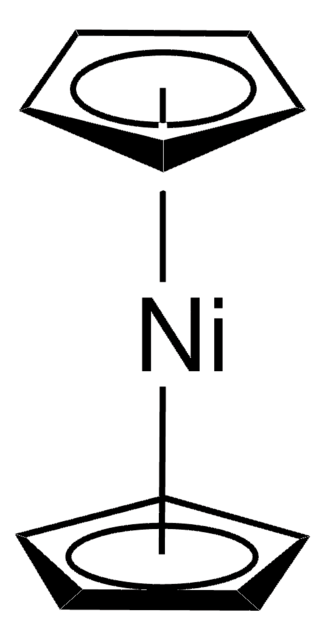Wichtige Dokumente
668729
Diethylzink
packaged for use in deposition systems
Synonym(e):
DEZ, Zinkdiethyl
About This Item
Empfohlene Produkte
Form
liquid
Brechungsindex
n20/D 1.498 (lit.)
bp
117 °C (lit.)
mp (Schmelzpunkt)
−28 °C (lit.)
Dichte
1.205 g/mL at 25 °C (lit.)
SMILES String
CC[Zn]CC
InChI
1S/2C2H5.Zn/c2*1-2;/h2*1H2,2H3;
InChIKey
HQWPLXHWEZZGKY-UHFFFAOYSA-N
Suchen Sie nach ähnlichen Produkten? Aufrufen Leitfaden zum Produktvergleich
Verwandte Kategorien
Allgemeine Beschreibung
Anwendung
Signalwort
Danger
H-Sätze
Gefahreneinstufungen
Aquatic Acute 1 - Aquatic Chronic 1 - Eye Dam. 1 - Pyr. Liq. 1 - Skin Corr. 1B - Water-react 1
Zusätzliche Gefahrenhinweise
Lagerklassenschlüssel
4.2 - Pyrophoric and self-heating hazardous materials
WGK
WGK 3
Flammpunkt (°F)
Not applicable
Flammpunkt (°C)
Not applicable
Persönliche Schutzausrüstung
Faceshields, Gloves, Goggles, type ABEK (EN14387) respirator filter
Hier finden Sie alle aktuellen Versionen:
Besitzen Sie dieses Produkt bereits?
In der Dokumentenbibliothek finden Sie die Dokumentation zu den Produkten, die Sie kürzlich erworben haben.
Kunden haben sich ebenfalls angesehen
Artikel
Molecular Layer Deposition of Organic and Hybrid Organic-Inorganic Polymers
igma-Aldrich.com presents an article regarding the savannah ALD system - an excellent tool for atomic layer deposition.
Since the demonstration of the first practical solar cell 60 years ago, research on novel materials, improved solar cell design and structure, and innovative manufacturing processes have all contributed to a continuous increase in the efficiency of photovoltaic (PV) devices.
Nanomaterials are considered a route to the innovations required for large-scale implementation of renewable energy technologies in society to make our life sustainable.
Unser Team von Wissenschaftlern verfügt über Erfahrung in allen Forschungsbereichen einschließlich Life Science, Materialwissenschaften, chemischer Synthese, Chromatographie, Analytik und vielen mehr..
Setzen Sie sich mit dem technischen Dienst in Verbindung.

